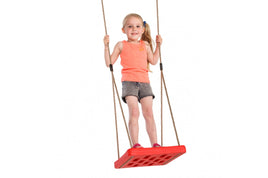69 products
-
Kids Elastic Yoga Sensory Hammock Swing 150 x 280cm. with accesories $150.00

-
Large Tritone Silky Nylon Wrap Swing (450x250cm) from $260.00

-
Large Nylon Wrap Therapy Swing - 450x250cm from $165.00

-
Professional Double Lycra Therapy Swing $305.00
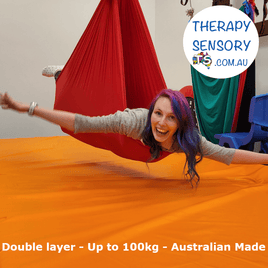
-
Medium Nylon Wrap Therapy Swing - 450x180cm from $155.00

-
Green Waterproof Cloth Swing from $105.00
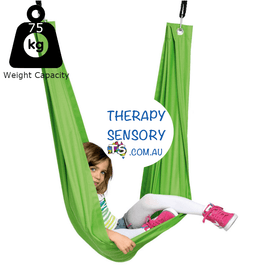
-
Large Nylon Wrap Therapy Swing with Swing Set Stand from $550.00

-
Waterproof Sensory Swing with Stand from $370.00
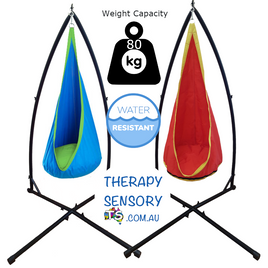
-
Waterproof Outdoor Sensory Swing Pod from $155.00
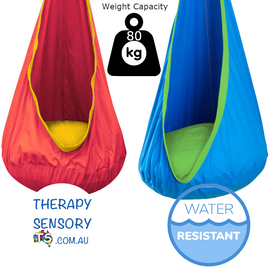
-
Tent Swing with twinkle lights from $280.00

-
150cm Mat Nest Swing with Stand from $589.00
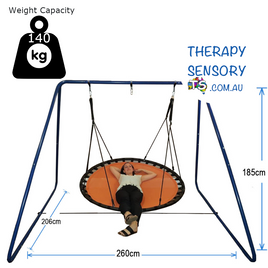
-
Medium Teal Nylon Wrap Swing with Medium Swing Set Stand $439.95

-
Medium Swing Set Stand from $340.00

-
Oval Seat Swing from $224.00

-
Open Hangout Nest - 150cm from $269.00
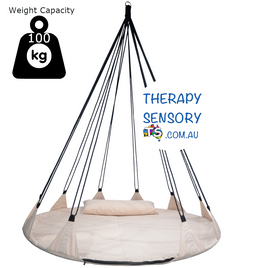
-
Open Hangout Nest 150cm with Stand from $525.00
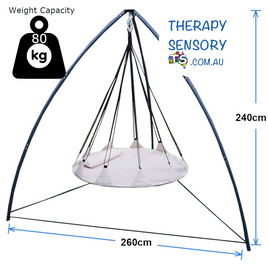
-
Cacoon Hangout (Bebo Size) 122cm from $450.00

-
Cacoon Hangout (Double Size) 183cm from $495.00

-
Cacoon Hangout (Single Size) 153cm from $450.00

-
Web Nest Tire Swing - 100cm from $259.00

-
Round Mat Nest Swing - 100cm from $199.00
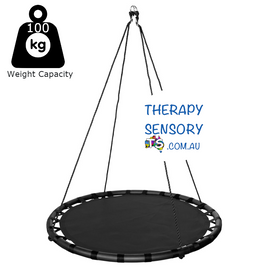
-
Spider Web Nest Swing - 100cm from $199.00
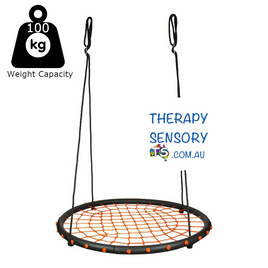
-
Heavy Duty Commercial 100cm Blue Rope Nest Swing from $1,160.00

-
Mat Nest Swing 150cm from $260.00
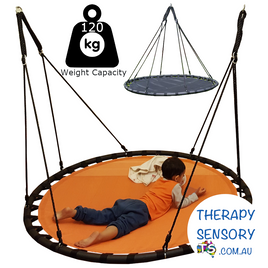
-
Nest Swing 'WINKOH' $150.00
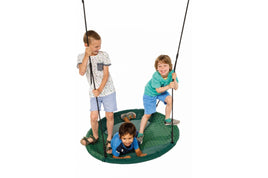
-
Blue Tent Attachment - 150cm $90.00
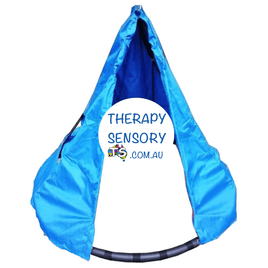
-
Cocoon seat 'Denoh' from $189.00

-
Foot Swing $55.00
